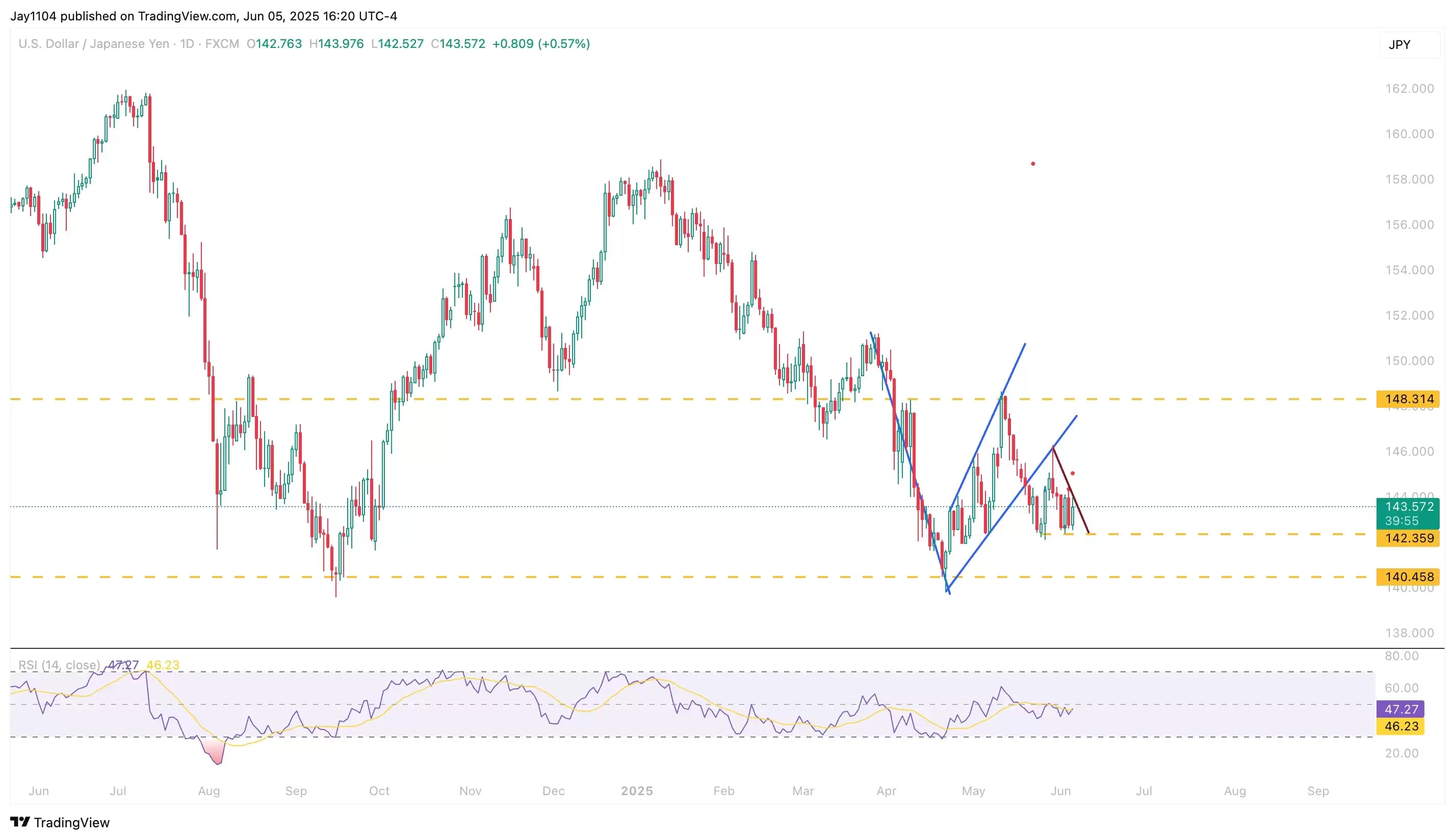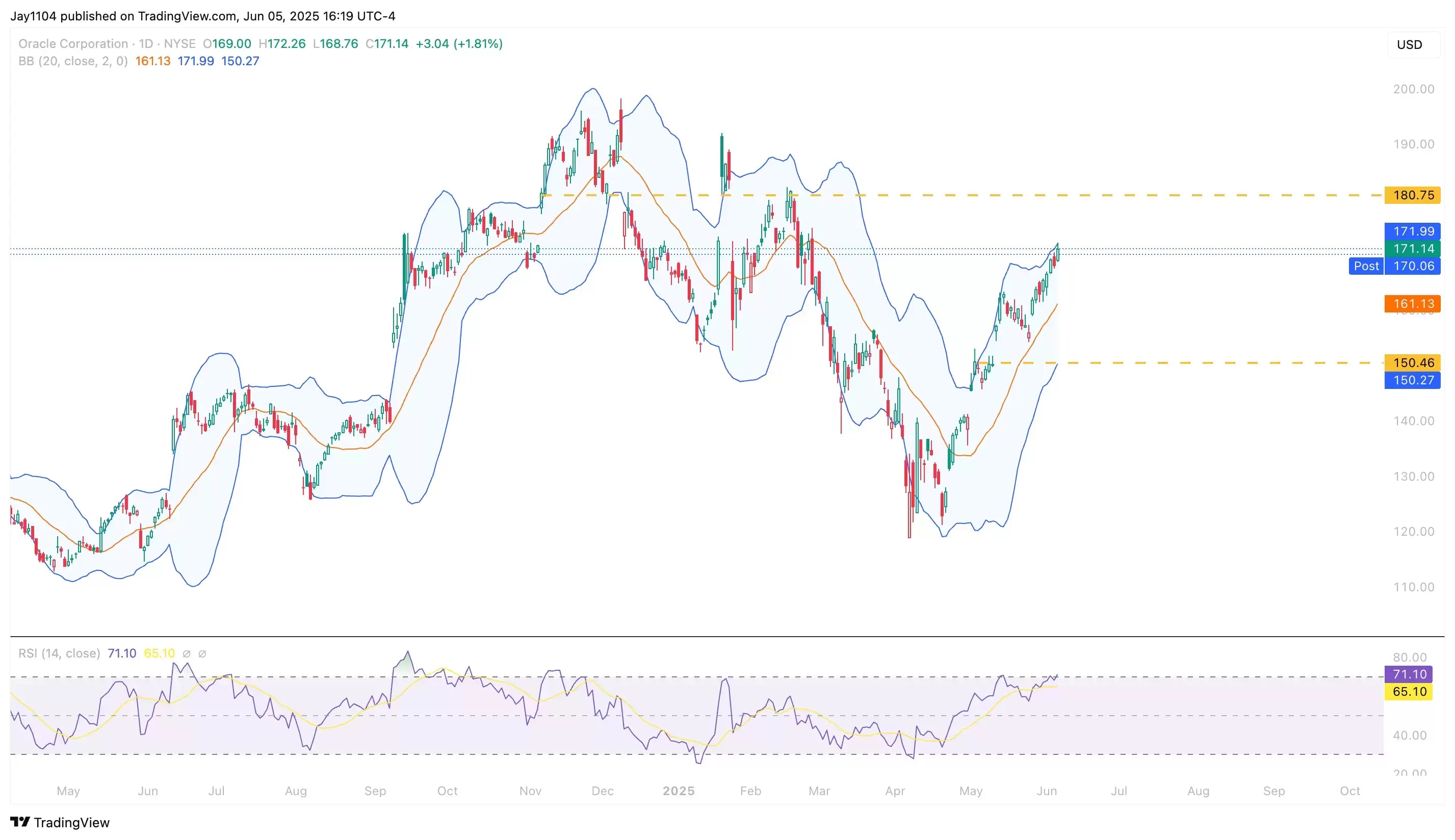Welcome to Michael Kramer’s pick of the key market events to look out for in the week beginning Monday 9 June.
The past week’s disappointing ISM manufacturing and services data raised concerns that the US economy may be slowing down. At the same time, a jump in jobless claims on Thursday hinted at a cooling labour market. Consequently, the talk in recent days has been about stagnation in the US economy. This coming week, the conversation is likely to focus on rising inflation. Together, the first couple of weeks of June might reveal that the US is entering a period of so-called stagflation, characterised by lower growth and higher prices.
US May CPI
Wednesday 11 June
Economists estimate that consumer prices increased 0.2% month-on-month in May, the same rate of inflation as in April. However, the core consumer price index (CPI) – which excludes volatile items such as food and energy – is expected to have edged higher in May to 0.3% on a month-on-month basis, up from 0.2% in April.
Meanwhile, the producer price index (PPI), a measure of inflation from the perspective of manufacturers, is due out on Thursday 12 June and is expected to show that producer prices increased 0.2% month-on-month in May, up from a 0.5% decrease in April. Core PPI is also expected to be up.
If these figures come in as expected, they would indicate a mild uptick in inflation in May. The concern may be that worse is yet to come, particularly if higher import costs as a result of Donald Trump’s tariffs work their way along the supply chain. One risk this month is that higher-than-expected inflation readings could add to market fears that stagflation is taking root in the US. That scenario could be bearish for the dollar, bolstering the Japanese yen and potentially sending USD/JPY down to ¥140.
USD/JPY, June 2024 - present

Oracle Q4 results
Wednesday 11 June
For the fiscal fourth quarter of 2025, Nasdaq-listed technology company Oracle is expected to report that its earnings grew 0.7% year-on-year to $1.64 a share, with revenue up 9.1% at $15.6bn, based on analysts’ estimates. Looking ahead to Q1, analysts expect earnings to grow 6.5% to $1.48 a share, spurred by revenue growth of 12.3% to $14.9bn. Options market positioning currently suggests that the Oracle stock price could move approximately 7.5% higher or lower following the results. Shares of the Texas-based software maker are up 3.1% year-to-date, having closed on Thursday at $171.14.
Options market positioning on the stock remains notably bullish. However, rising implied volatility ahead of the earnings release could lead to a collapse in call premiums post-results, potentially triggering hedging flows and resulting in a decline in the stock price. Furthermore, the stock has gained almost 40% since the tariff-related April lows, rebounding so strongly that it now appears slightly overbought based on two key indicators: the relative strength index (RSI) reading of more than 70, and the share price touching the upper Bollinger Band. A pullback could see the shares fall to fill a gap just above $150. Conversely, if Oracle’s Q4 earnings exceed expectations, the stock might rise to test resistance near $180.
Oracle share price, May 2024 - present

UK April GDP
Thursday 12 June
UK economic growth has improved over the past year, maintaining a steady pace of around 1% on a year-on-year basis. Gross domestic product (GDP) is expected to have increased 0.1% month-on-month in April, based on economists’ consensus estimates, following a 0.2% month-on-month expansion in March. Continued growth in the UK economy could further strengthen the pound against the dollar, especially if US economic data continues to stoke stagflation concerns.
The pound rose to a three-year high of $1.36 on Thursday before steadying near $1.355 on Friday. As indicated by the blue lines on the chart below, GBP/USD has ascended in a tight trading channel and appears poised to test the next resistance level at $1.374. That would mark the pair’s highest point since January 2022. The RSI, a key momentum indicator, suggests that the uptrend may persist in the near term.
GBP/USD, January 2022 - present

Economic and company events calendar
Major upcoming economic announcements and scheduled US and UK company reports include:
Sunday 8 June
• Japan: Q1 gross domestic product (GDP)
Monday 9 June
• China: May consumer price index (CPI); May producer price index (PPI); May exports, imports and trade balance
• UK: May British Retail Consortium like-for-like retail sales
• Results: VinFast Auto (Q1)
Tuesday 10 June
• Australia: June Westpac consumer confidence
• UK: April average earnings, April unemployment rate/change, May claimant count change
• Results: Casey’s General Stores (Q4), Core & Main (Q1), GameStop (Q1), GB Group (FY), GitLab (Q1), J.M. Smucker (Q4), Oxford Instruments (FY)
Wednesday 11 June
• US: May CPI
• Results: Chewy (Q1), Fuller’s (FY), Oracle (Q4), SailPoint (Q1)
Thursday 12 June
• Australia: June consumer inflation expectations
• New Zealand: May performance of manufacturing index
• UK: April GDP
• US: May PPI, weekly initial jobless claims
• Results: Adobe (Q2), Halma (FY), Safestore (HY)
Friday 13 June
• Eurozone: April industrial production
• France: May CPI
• Germany: May harmonised CPI
• Spain: May harmonised CPI
• UK: Consumer inflation expectations
• US: June preliminary Michigan consumer sentiment index
• Results: No major scheduled earnings announcements
Note: While we check all dates carefully to ensure that they are correct at the time of writing, the above announcements are subject to change.
Disclaimer: CMC Markets is an execution-only service provider. The material (whether or not it states any opinions) is for general information purposes only, and does not take into account your personal circumstances or objectives. Nothing in this material is (or should be considered to be) financial, investment or other advice on which reliance should be placed. No opinion given in the material constitutes a recommendation by CMC Markets or the author that any particular investment, security, transaction or investment strategy is suitable for any specific person. The material has not been prepared in accordance with legal requirements designed to promote the independence of investment research. Although we are not specifically prevented from dealing before providing this material, we do not seek to take advantage of the material prior to its dissemination.




